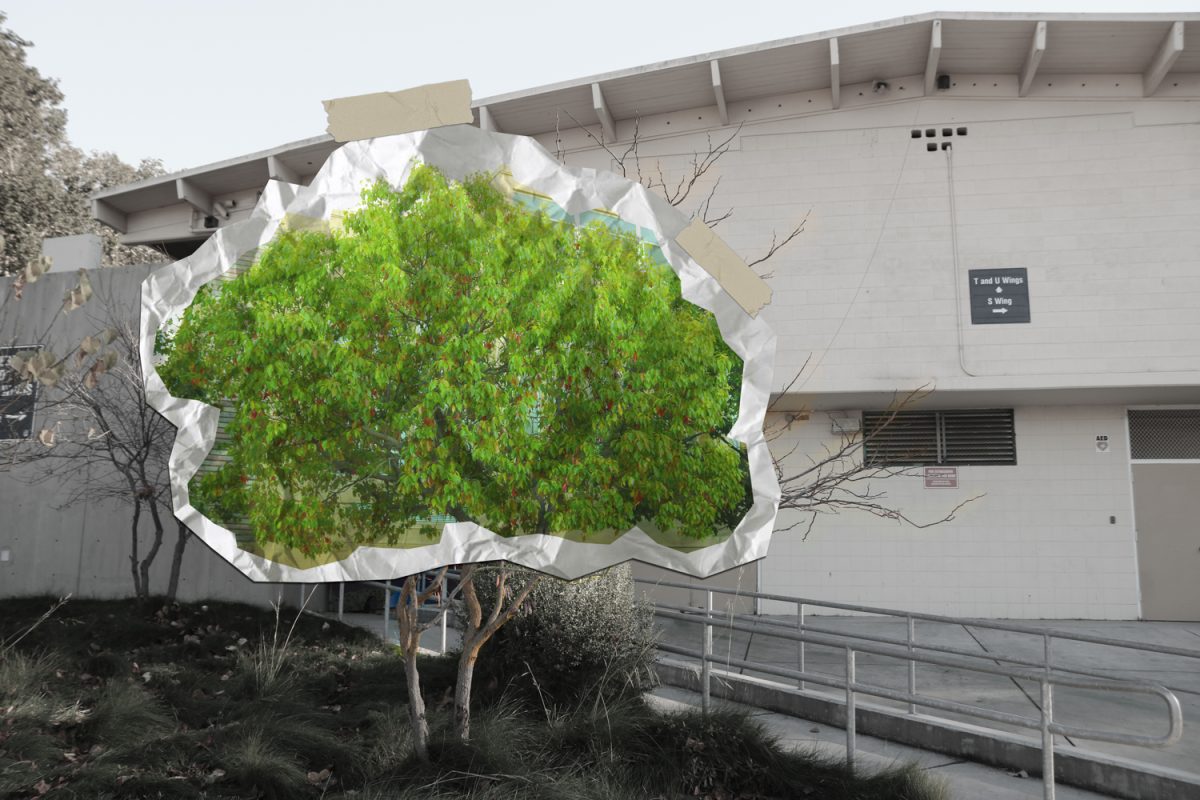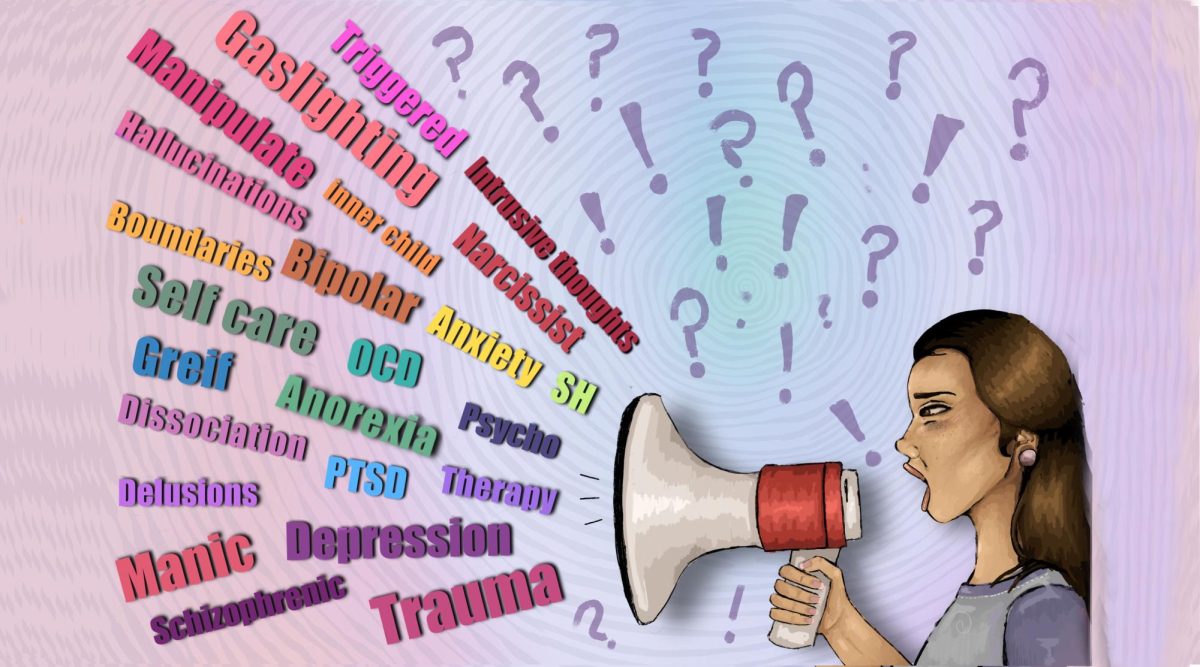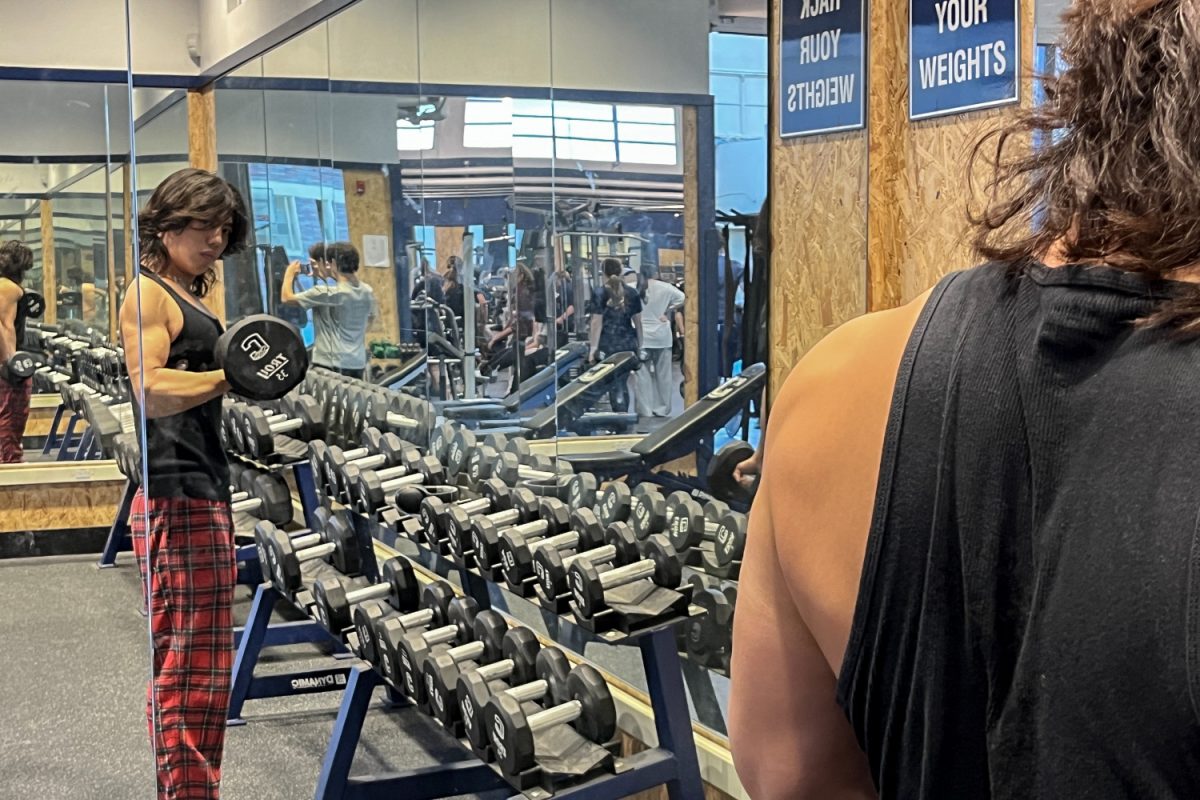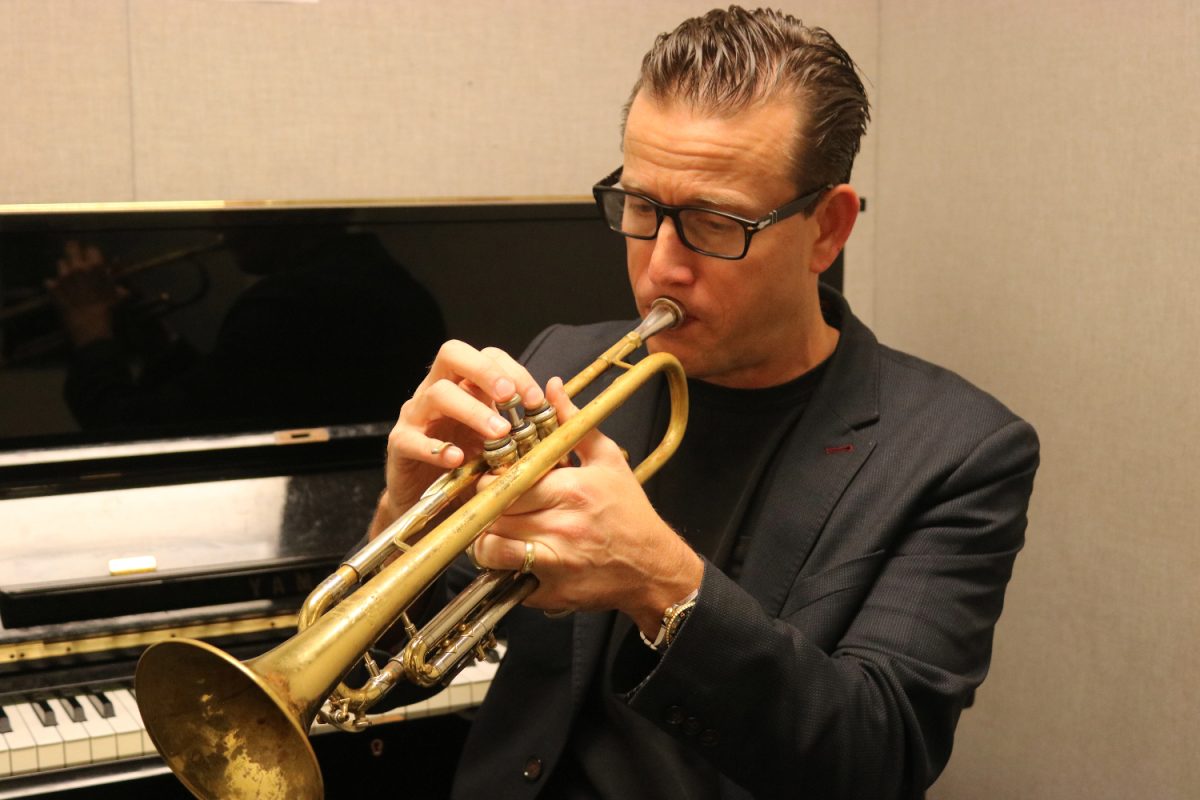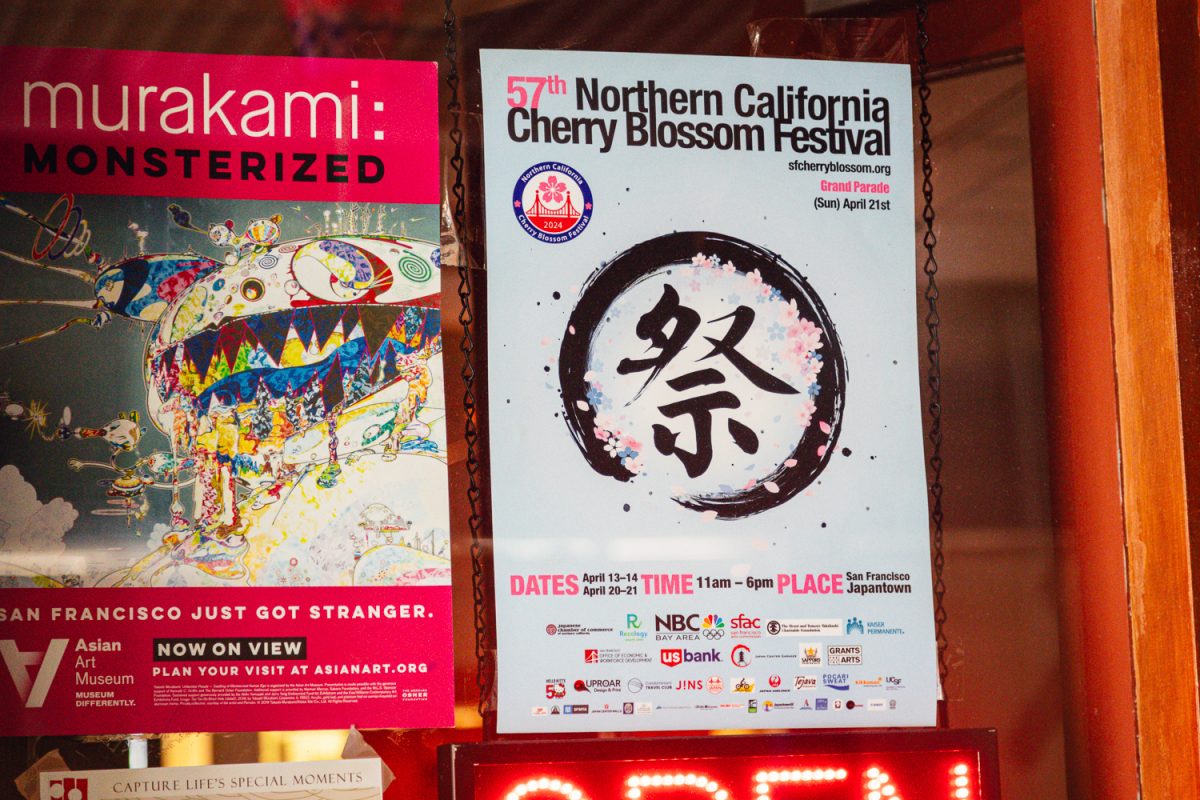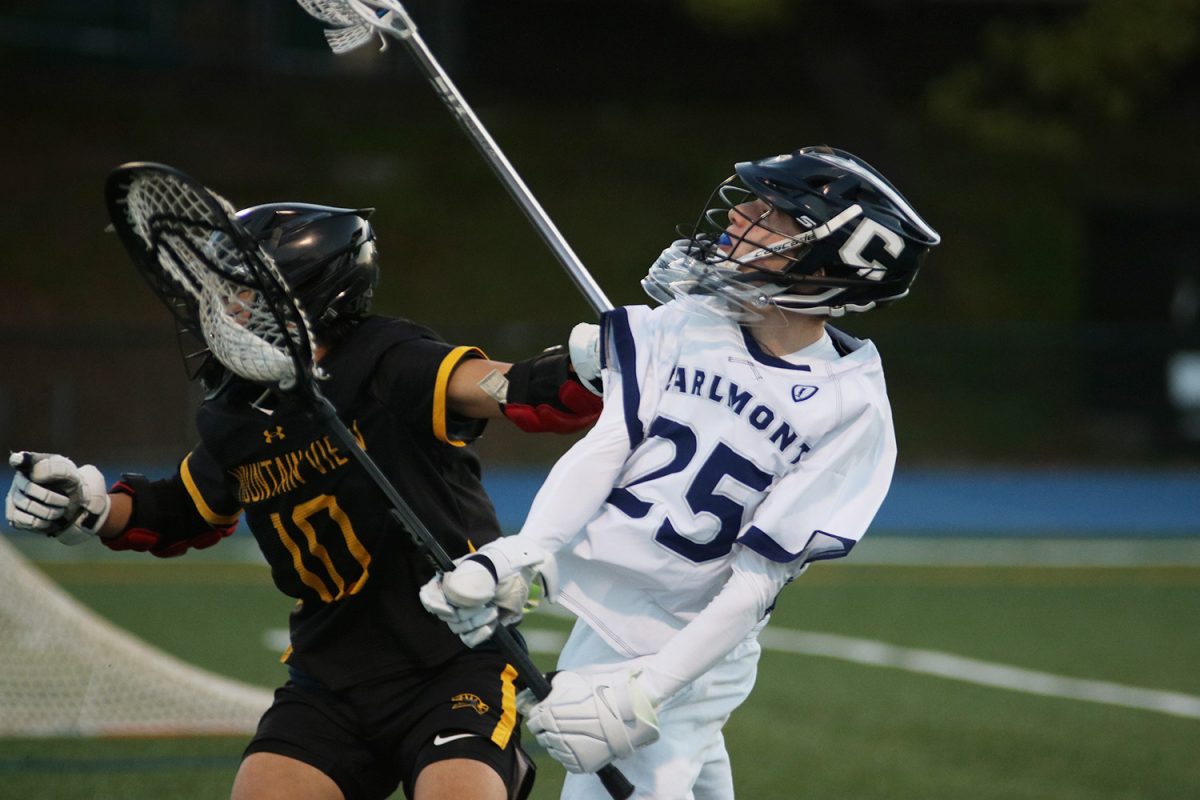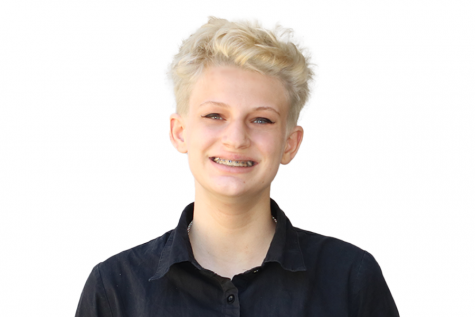One mom, one dad, two kids– that’s the nuclear family, the perceived ideal way for households to be organized. The glue that binds this ideal together is the love of the parents, the sexual and romantic feelings they hold for each other.
But not everyone experiences love in this way.
“I don’t experience romantic attraction. I’ve never had a crush, never will,” said Anique Vachon, an aromantic senior.
Similar to aromantic people like Vachon, asexual people experience little or no sexual attraction. A person might also be on the aromantic or asexual spectrum, where they might experience occasional or conditional romantic or sexual attraction.
Such identities include demisexual, where people may experience sexual attraction to those they already know on an emotional level, and greyromantic, where romantic attraction can occur under some circumstances specific to the individual. Anyone, regardless of presence of sexual or romantic attraction, might also be polyamorous, where they might have relationships with multiple people.
Amatonormativity (ah-mat-o-nor-muh-ti-vuh-tee) is the pressure to be in a two-person romantic (and often sexual) relationship, usually marriage. This pressure can come from many areas as simple as passing comments from friends and family or as complex as the legal system.
AMATONORMATIVITY by Anita Beroza
Dr. Elizabeth Brake, coiner of the term amatonormativity, writes that it can be seen as “the belief that marriage and companionate romantic love have special value leads to overlooking the value of other caring relationships.”
“It’s basically taking compulsory monogamy, the idea that we couple into partners and pairs, and the centrality of a romantic relationship being your primary relationship, and then creating norms, assumed behaviors, and structuring society around it, as you would with any normativity,” Professor Kate Amunrud said. Amunrud is a professor of Queer Studies at Skyline College with an M.A. in Women’s and Gender Studies from San Francisco University.
“It took me a while to figure out because I didn’t even know it was a thing,” Vachon said. “I remember even having times when I was younger when I was genuinely considering if I was a psychopath or a sociopath because I didn’t like anyone.”
Other forms of love or attraction aromantic people or asexual people might experience in include platonic, with friends; familial love, with members of their family; or aesthetic attraction, where someone is admired physically but no sexual relationship is desired. When the typical partnership is valued over these equally important forms, the value they can have to everyone, including people who are alloromantic or allosexual (those who experience romantic and sexual attraction, respectively), is erased and undermined.
This can manifest in a multitude of ways, some more obvious or institutional than others.
“A coupled pair can usually share health insurance through some kind of defined domestic partnership, more easily marriage, and that’s not available to people who are in some kind of relationship that would not be recognized as a domestic partnership which is based on monogamy,” Amunrud said.
While the legal system is one area that values two-person, generally romantic relationships over others, often the attitudes of friends and family are one of the biggest obstacles students who do not identify with the standard of sexual and romantic relationships. Some face suggestions that they are depriving themselves of pleasure or that they’re coming to a decision too quickly. Sometimes, people will even claim that they need romantic love to be human. People often assume polyamory is synonymous with cheating, even though everyone in a polyamorous relationship consents to the arrangements.
Often, these comments are not intended to be malicious or hurtful, but they do not acknowledge the experiences of people who do not fit the amatonormative model, and that can, in turn, hurt people. These comments are often linked to sexist and racist ideas of how families are formed: women who do not have children in married families can be derided for their choices, and historical, non-European methods of organizing the family can be viewed as inferior.
“Growing up raised as a girl, there was a lot of terminology around having multiple crushes on boys; you’d be called boy crazy. There’s this terminology that you’re insane to like multiple people,” Amunrud said.
In the teenage years, “people are really trying to figure out how their interests align with their identities and really trying to define their identity for themselves, and there’s a lot of societal pressure put on figuring yourself out through romance,” Amunrud said.
It’s especially important during formative periods for people to be supported as they discover themselves, their identities, and how they will bond with others. Awareness has improved about the asexual and aromantic spectrums, as well as polyamory. It can help people feel comfortable with themselves and the relationships they want to pursue. Part of this is just understanding the labels people use.
“Language is so powerful, and the way we name things really matters,” Amunrud said.
When she found out about aromanticism, Vachon knew it fit her.
“Within a week, I had already brought a flag,” Vachon said. “I was like ‘That’s totally me.”
Equally important to being aware of these identities is the acceptance of them, on both an individual and societal level. Non-romantic, non-sexual relationships need to be valued and cherished, and it should be understood that they can be just as integral to a person’s experience.
“You can learn about yourself from your relationships with your friends, with your grandmother, with your aunt– from anyone in your life. I think it really limits people in terms of what they’re able to explore about themselves,” Amunrud said.
Everyone learns who they are in different ways, and everyone relates themselves to others differently. Teenagers need to learn that these differences are valid.
“Let people speak for themselves. Learn from them, how they label themselves or how they choose not to label themselves. Just be open,” Amunrud said. “It’s just a way of being in the world. There are lots of ways to be in the world.”







